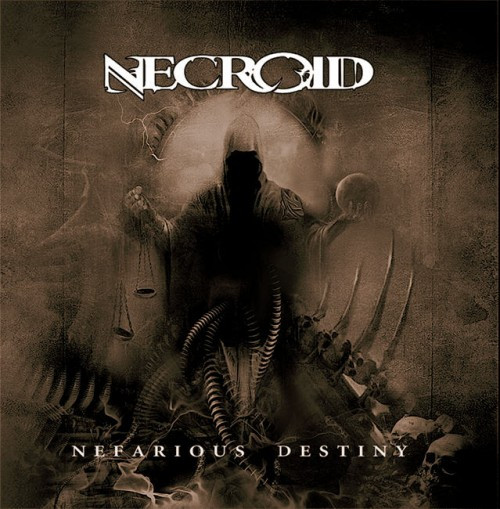(DGR prepared this Sunday’s metal retrospective.)
I figured for this Rearview column that I would take you on a shorter trip through time than we have been prone to. I know that this isn’t the shortest, as once before we made a trip to 2013 with The Amenta, but I figured that was a special-use case since we were zeroing in on such a specific section of that album.
This time, I thought we would travel all the way back to 2011, a time when No Clean Singing was actually a real website — although at the time not one I wrote for. We have a calnder at the office that refers to these years as B-DGR and A-DGR. I have noticed that someone has changed said calender to a picture of a dumpster fire, though, but I’m not sure who yet. Continue reading »


